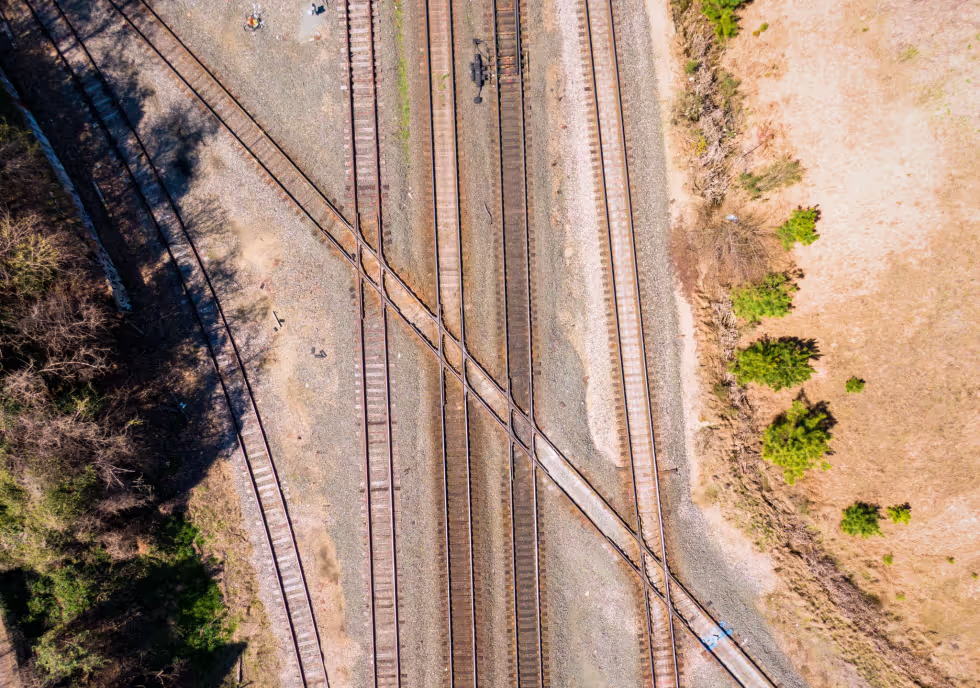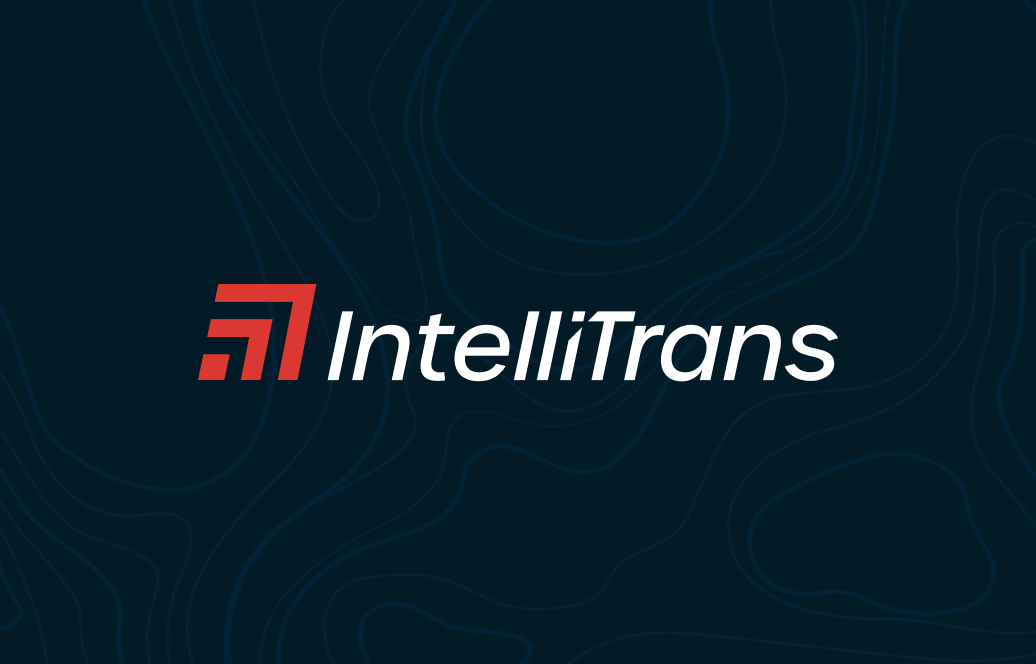

Rail leasing isn’t one-size-fits-all. Whether you're focused on cutting costs, maintaining control, or minimizing admin work, choosing the right lease model can impact every part of your operation—from day-to-day fleet management to long-term budgeting.
Let’s break down the three most common models: full lease, net lease, and ownership.
A full lease offers stability. The lessor manages most of the maintenance and compliance responsibilities, which reduces your internal workload and keeps monthly costs predictable.
Pros:
Considerations:
If predictability and simplicity are priorities, a full lease may be your best bet.
A net lease gives you the railcar and the rest is up to you. Maintenance, compliance, and end-of-lease repairs all fall to your team. That means more risk—but also more control.
Pros:
Considerations:
If you’ve got an experienced in-house team and want flexibility, a net lease could offer the right mix of savings and control.
Buying railcars outright gives you total control, but it’s not for the faint of heart. Ownership is best suited for businesses with the capital, expertise, and long-term strategy to fully manage their fleets.
Pros:
Considerations:
If your business depends on rail and you plan to keep cars in service for the long haul, ownership can be a smart investment.
FeatureFull LeaseNet LeaseOwnershipMonthly CostHighMediumNone (after purchase)MaintenanceLessorLesseeOwnerCompliance LessorLesseeOwnerCustomizationLimitedModerateFullLong-Term ValueLowModerateHighAdmin BurdenLowHighHighCapital RequiredLowLowHigh
At the end of a lease, returning railcars isn’t always as simple as handing over the keys. Depending on the lease type, you may be responsible for inspections, cleaning, compliance updates, and repairs. That can be costly if you're not prepared.
Planning ahead is key to avoiding expensive surprises.
Choosing the right railcar lease structure is just one part of managing a successful rail operation. IntelliTrans helps shippers get the most out of their fleets with data-driven insights and trusted guidance.
Talk with one of our rail experts today.
It depends on your internal expertise and financial goals. If you want stability and less work, go with a full lease. If you’ve got a team that can manage maintenance and repairs, a net lease or ownership might provide better value.
If a car isn’t returned in the agreed-upon condition, you’ll likely face extra costs for cleaning, repairs, or compliance work. Read the lease terms carefully.
Yes, ownership allows you to depreciate the asset, which can offset taxable income.
Not always. Full leases usually don’t allow customization. Net leases sometimes do, but ownership gives you the most flexibility.
Yes. We support shippers with tools and expertise to track fleet health, reduce downtime, and simplify complex return processes.